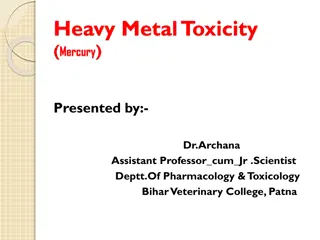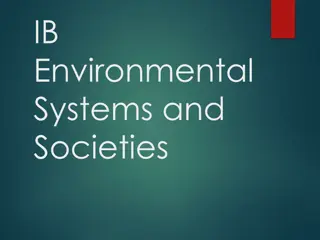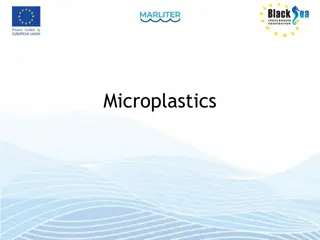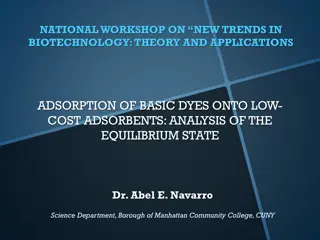Understanding Organochlorine Pesticide Poisoning in Animals
Organochlorines are synthetic pesticides with high toxicity and slow degradation, posing a threat to both target and non-target species. Despite bans in developed countries, their use persists, leading to environmental persistence and bioaccumulation. Natural sources also contribute to organochlorin
0 views • 24 slides
Understanding Mercury Toxicity: Sources, Mechanism, and Treatment
Mercury toxicity, a common occurrence in humans and animals, poses serious health risks. This includes exposure from elemental, inorganic, and organic forms of mercury. Methylmercury bioaccumulation in fish can lead to severe health consequences, as seen in past incidents like Minamata disease. Unde
0 views • 14 slides
Understanding Minamata Disease: A Case of Bioaccumulation in Japan
Minamata Disease, a tragic incident in a coastal town in Japan, serves as a real-life example of bioaccumulation. In the 1950s, a large number of people suffered health issues and disabilities due to mercury poisoning, caused by industrial wastewater contaminating the local seafood. The devastating
0 views • 21 slides
Understanding Microplastics: Impact on Marine Ecosystems
Microplastics are tiny plastic particles less than 5mm in diameter that pollute marine environments. These particles, including nanoplastics, can have significant impacts on ecosystems and organisms, although research on their effects is ongoing. Microplastics are generated from various sources, bot
0 views • 14 slides
Innovative Solutions for Pollution Control Using Natural Adsorbents
Workshop explores new trends in biotechnology for pollutant removal. Focus on adsorption of dyes onto low-cost adsorbents, with analysis of equilibrium state. Various techniques discussed include bioaccumulation, biosorption, and use of non-living biomasses. Emphasis on eco-friendly filtering techni
0 views • 18 slides




